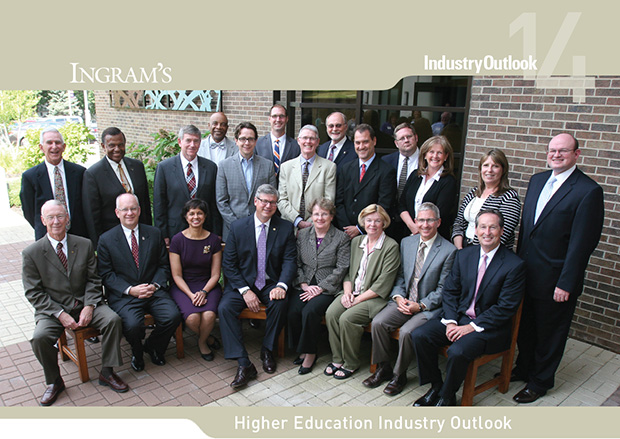(front row, left to right)
Jerry Davis, College of the Ozarks
Clif Smart, Missouri State University
Prema Arasu, KSU Olathe Innovation Campus
Ron Slepitza, Avila University
(event chair, sponsor and host)
Sr. Marie Joan Harris, Avila University
(sponsor and host)
Cindy Heider, Missouri Western State University
Shawn Hull, William Woods University
Steve Minnis, Benedictine College
(back row, left to right)
John Rich, Emporia State University
Leo Morton, University of Missouri–Kansas City
Tom Trigg, Blue Valley School District
Dale Cushinberry, Highland Park High School
Shawn Naccarato, Pittsburg State University
Brian Messer, Baker University
Richard Simpson, University of Kansas
Michael Droge, Park University
David Cook, Univ. of Kansas–Edwards Campus
Michael Austin, Newman University
Linda Endecott, Washington University
Cheryl McConnell, Rockhurst University
Hal Higdon, Ozarks Technical Community College
Educators and Institutions Strive to Preserve Uniqueness
Although the word “diversity” is overused in higher education to mean the ethnic and gender variety, its most relevant and long-standing meaning has to do with the diverse nature of the institutions themselves.
What distinguishes American higher education from that of other countries is the very diversity that was on display July 29 at Ingram’s 15th annual Higher Education Industry Outlook assembly. “Everyone sitting around this table represents a different kind of school,” said Jerry Davis, president of the College of the Ozarks. “You can’t pour all of them into the same mold. It won’t work, and these educators know that.”
The assembly, sponsored and hosted by Avila University on an unnaturally pleasant summer afternoon, included primarily representatives from two-year and four-year institutions, state and private ones, secular and religious ones, large ones and small ones. Ably chairing the assembly was Ron Slepitza, Avila University’s president.
If there was a theme that emerged from the assembly it was that these institutions had to work hard to preserve their distinctiveness in an environment that increasingly demanded uniformity. For all the pressure these academic leaders faced, however, the consensus was that they retained enough freedom to remain economically viable and true to their missions.
« August 2014 Edition
